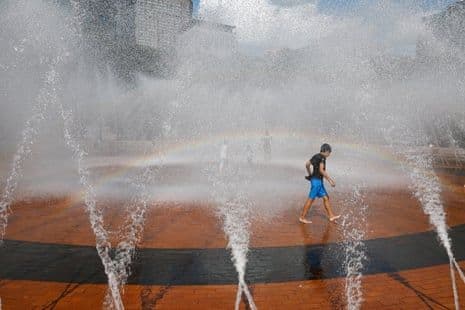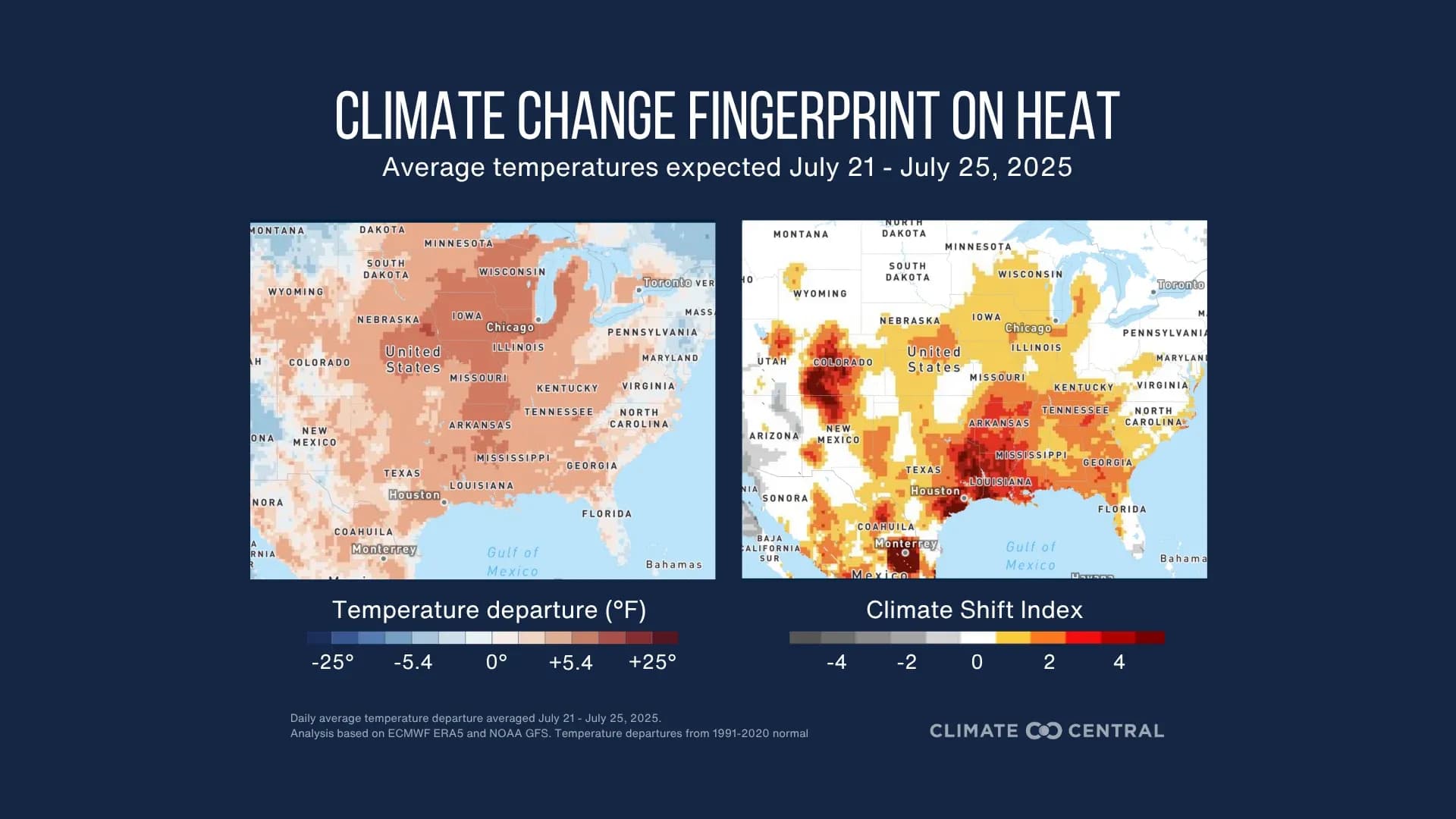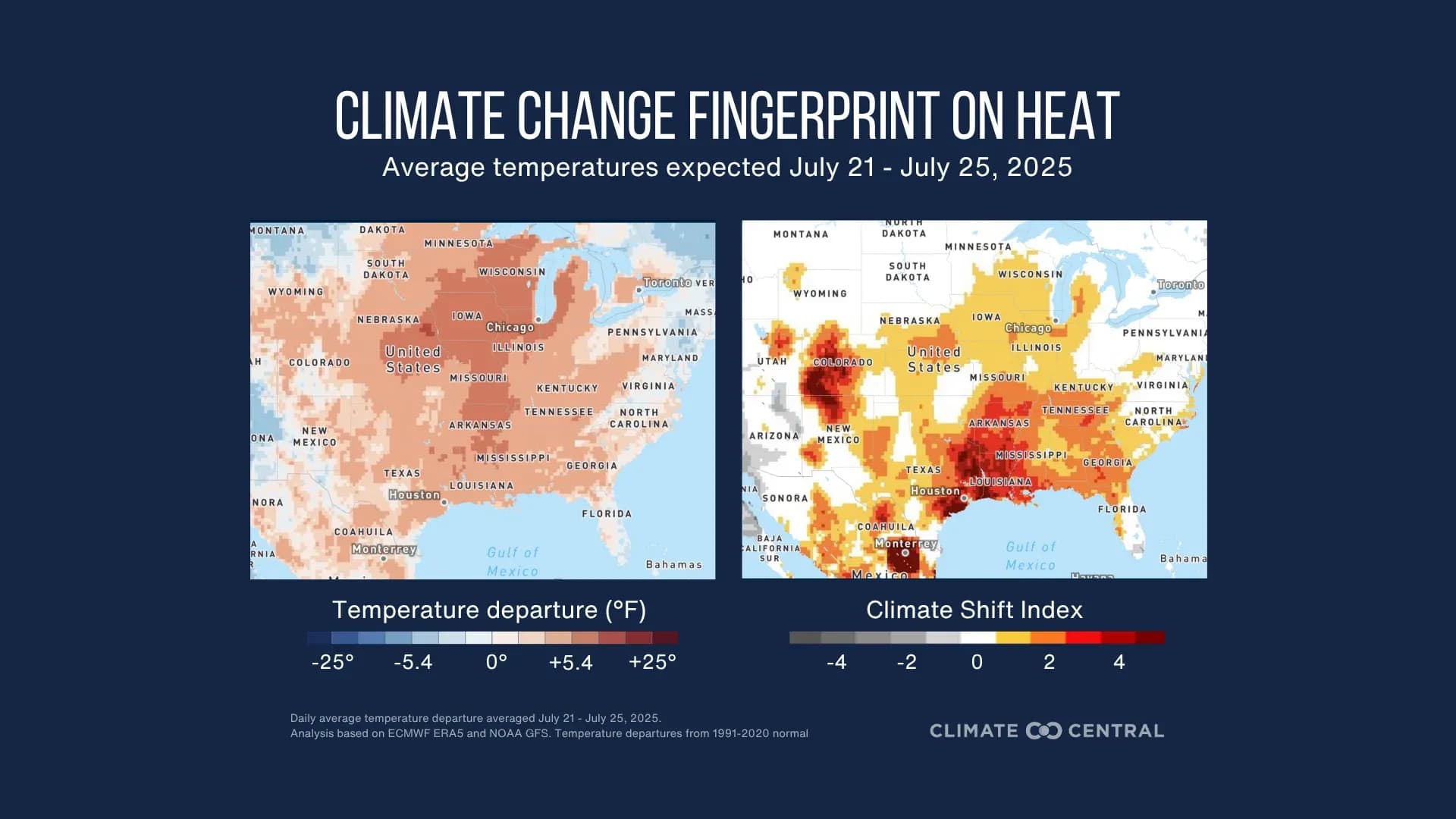Beyond the Mercury: Cultivating Resilience in a Warmer World
Explore how rising temperatures impact daily life beyond heatwaves. Learn strategies for personal and community resilience to thrive in a consistently warmer world.
The New Climate Reality: From Peaks to a Persistent Warmth
For too long, extreme heat has been framed as an episodic event, a 'heatwave' that arrives, peaks, and then mercifully recedes. Yet, a fundamental shift is underway, transforming these isolated occurrences into a persistent climate reality. Consider the recent situation in , where the issued an 'orange vigilance' warning as temperatures soared up to 10°C above seasonal norms across various governorates. This wasn't just an unusually hot day; it was a severe, widespread wave of intense heat pushing the limits of human endurance and infrastructure. What was once considered a record-breaking peak in temperature is increasingly becoming the new baseline, a regular feature of our summers, and indeed, other seasons. This pervasive warmth demands a re-evaluation of our preparedness, moving beyond immediate emergency responses to embrace sustained, systemic adaptations. We're no longer simply enduring a hot spell; we are navigating a fundamentally warmer world, requiring a deep, proactive transformation in how we live and interact with our environment.

The Unseen Toll: Beyond the Symptoms of Extreme Heat
While the immediate physical discomfort of soaring temperatures is undeniable, the true impact of persistent warmth extends far beyond visible symptoms like dehydration or heatstroke. There's a profound, often unseen, toll on public health, productivity, and mental well-being. When the issues recommendations like avoiding outdoor activity between noon and 4 PM, seeking cool, air-conditioned spaces, or limiting physical exertion, it highlights a disruption to the very fabric of daily life. Children can't play outside during peak hours, outdoor workers face significant health risks, and even indoor environments can become oppressive without adequate cooling. This persistent thermal stress contributes to fatigue, irritability, and can exacerbate existing health conditions, placing immense strain on healthcare systems. The 'suffocating' feeling reported in many regions isn't just a metaphor; it's a physiological and psychological burden that erodes quality of life and diminishes our collective capacity to thrive.

Designing for Cool: Rethinking Our Spaces and Routines
Adapting to a persistently warmer world means fundamentally rethinking our built environments and daily routines. The simple advice to close shutters and windows during the day and ventilate at night, while effective for individuals, points towards larger architectural and urban planning imperatives. Imagine cities where every new building incorporates passive cooling strategies, where green roofs and vertical gardens are standard, and where public spaces offer abundant shade and water features. This isn't just about installing more air conditioning, which consumes vast amounts of energy and contributes to urban heat islands. It's about designing resilience into our infrastructure: using lighter, reflective materials, promoting natural ventilation, and creating more green spaces that cool the surrounding air. On a personal level, it means embracing a more flexible approach to daily life, perhaps shifting work hours, adopting siesta-like breaks, or engaging in outdoor activities during cooler parts of the day. These proactive shifts, from urban master plans to individual habits, are essential for fostering livability in an increasingly hot climate.

Community and Compassion: Building Collective Resilience
Ultimately, surviving, and indeed thriving, in a warmer world is not a solitary endeavor. While individual adaptations and smart urban design are crucial, community and compassion form the bedrock of collective resilience. The advice to call a doctor for malaise or contact for help underscores a vital truth: some individuals are more vulnerable than others. The elderly, young children, those with pre-existing health conditions, and outdoor workers are disproportionately affected by extreme heat. Building resilience means actively identifying and supporting these vulnerable populations. It involves establishing community cooling centers, creating buddy systems for checking on isolated neighbors, and ensuring public services like civil protection are well-equipped and accessible. A truly resilient society is one where empathy drives action, where everyone recognizes their role in safeguarding the well-being of others, transforming the challenge of heat into an opportunity for stronger, more compassionate human connections.
Related Articles

America's Invisible Inferno: Confronting the Silent Summer Killer

America's Invisible Inferno: Confronting the Silent Summer Killer

The Summer Paradox: When Holiday Dreams Meet Scorching Reality

The Summer Paradox: When Holiday Dreams Meet Scorching Reality

Beyond the Thermometer: Unpacking Our New Era of Extreme Heat

Beyond the Thermometer: Unpacking Our New Era of Extreme Heat

The Silent Swelter: Why Our Heat Thresholds Have Plummeted
